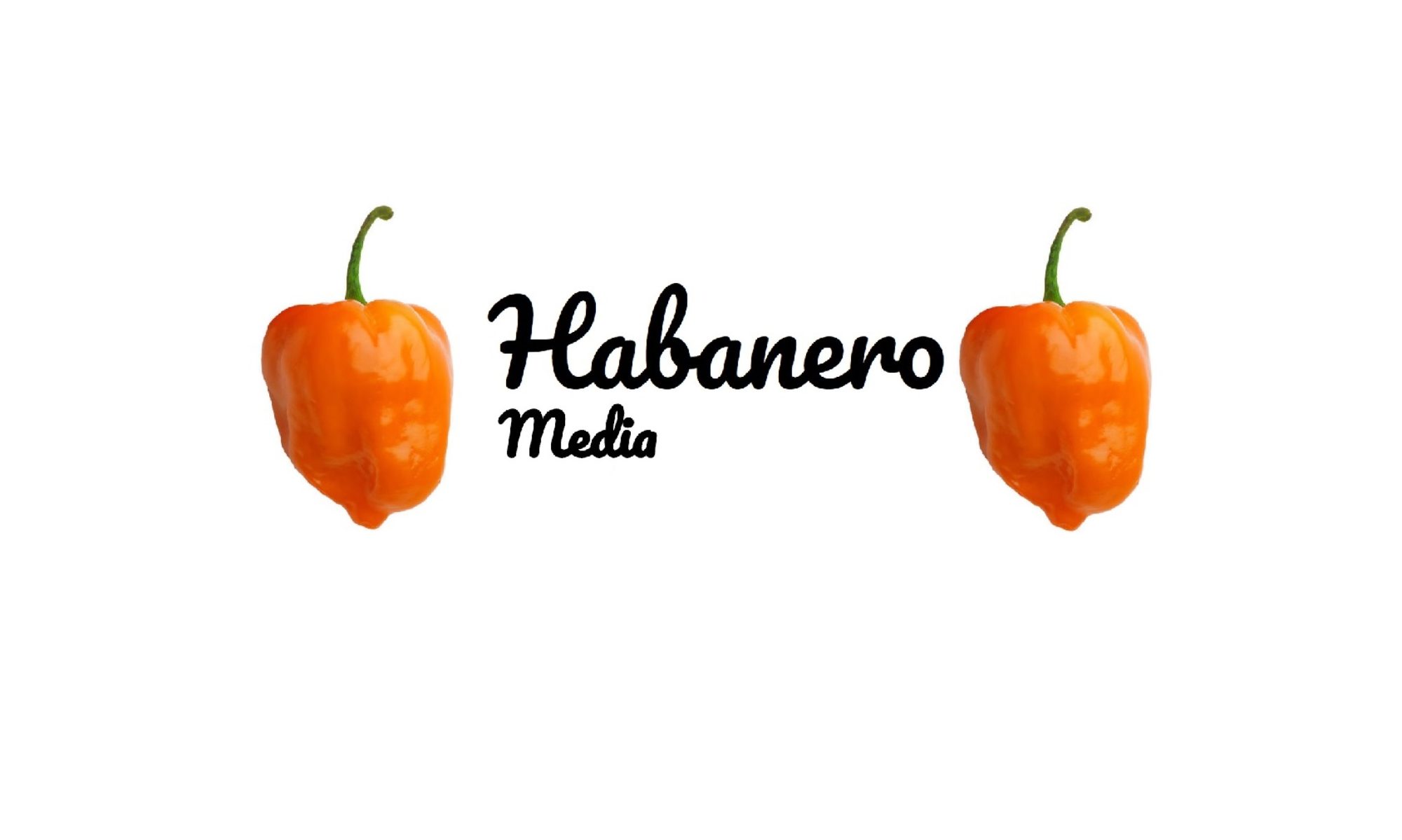How To Choose A Podcast Microphone
Setting up a recording studio may sound daunting. But it’s actually pretty easy compared to recording content. It’s a bigger challenge crafting a podcast that is engaging and loved. But we have to start somewhere when it comes to assembling a podcast kit. The most iconic technology is the microphone. Let’s start here and discuss how to choose a podcast microphone.
First the good news.
Recording speech is far easier than music. Advances in technology have made it easy for inexpensive equipment to sound great. Unfortunately there are a plethora of microphones available on the internet. It’s a paradox of choice. Too many options and too little knowledge to discern pros and cons. By homing in on key concepts we can filter out great choices.
Five Options for Podcast Microphone Technology
Here are five things to consider when you choose a podcast microphone:
- There are two types of mics, dynamic and condenser. Choose a dynamic podcast microphone. Dynamic microphones are rugged, economical and don’t require power from a mixer. If you’re not recording music in a studio, stick with a dynamic microphone.
- Every microphone has a different polar pattern (direction of sound it picks up). Choose a microphone with a cardioid pattern. Cardioid means one directional.. It’s designed to pick up sound in front of the microphone. Sound to the sides are not heard. Cardioid microphones excel in a noisy room. I’ve recorded in a coffee shop, a boisterous environment! They also attenuate the chit chat coming from other tables and the espresso machines.
- Choose a podcast microphone with USB connectors. This will allow you to plug it into a digital recording device and record sound directly. XLR is used by to transfer the signal too a mixer board. This is the connector to three pins, commonly used or music recording. If someday you think you might be recording multiple guests at once, you’ll need a mixer board
- The popping sound that some people make when speaking “P” words is called a plosive. Plosives fatigue the listener over time. Luckily they can be removed with a pop filter, a large circled mesh place between your mouth and the microphone. The pop filter slows the burst of air caused by P words. Pop filters have a bracket that connects to the microphone.
- A boom stand with scissor arms. Booms make it easy to position the microphone directly in front of your mouth. When you choose a podcast microphone, find a stand that fits it’s dimensions. When you kick the tabletop the arm will dampen the sound, much appreciated when you’re in the middle of a recording.
Podcast Microphone Shopping List
Here are links to equipment that I use in the Sales Babble studio and Fox.Build media lab.
ATR2100 USB/XLR – This is a dynamic microphone with both a USB and XLR inputs. It also contains a tripod stand.
Pop Filter – This filter works best in a stationary studio
Pop Filter for Remote Recording – Use this couce for mobile recording, it’s a foam ball.
Boom Stand and Scissor Arm – hold microphones and dampens shocks
Now Choose
Picking a microphone is just the first step to launch a podcast. But if you consider the five factors for choosing a mic you have all you need to take action. Don’t dawdle! This is not an expensive purchase. Do your research, go shopping. And then unbox your new microphone. Soon you’ll be thanking yourself.

